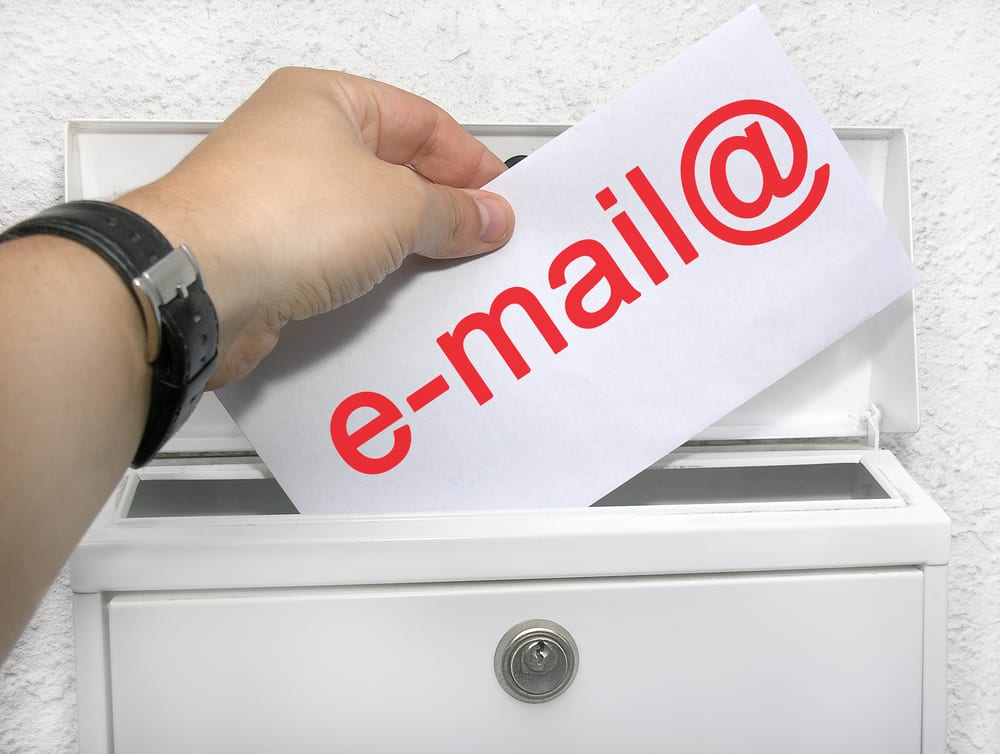Have you ever gotten an email from a company and, for a second, wondered if they were reading your thoughts? How did they know you were interested in that exact item or service? Weird. Have you ever signed up for a newsletter and find that you’re consistently interested in almost all of the topics in each issue? “The editor must really have their finger on the pulse of my industry!” you might think.
In both cases, the reality is likely that the company or publisher has discovered the benefits of segmentation and personalization, in other words, treating every email address as an actual person with different wants, needs and backgrounds. While this type of custom messaging has been around for several years now, many marketers are still just content to launch cookie cutter email “blasts” in the general direction of their prospects.
So what is segmentation and personalization? Put simply, it’s creating great, targeted content and getting it to the right people at the right time. Let’s start with what we mean by “the right people.”
Who is your audience and what do you know about them?
It’s common to think of your audience simply as “prospects” or “subscribers.” That kind of broad stroke isn’t going to help you much. A simple way I use to help identify my actual audience is to imagine someone receiving one of my emails. It’s surprising what happens when you take that step. Some questions it raises are:
- Who are they?
- What do they do for a living?
- What problems are they dealing with right now?
- What do they think of what I sent?
- What action are they likely to take based on my email (and yes, hitting “delete” or “spam” is a possible action)?
Once you do this, you realize that blasting out the same email to everyone on your list is unlikely to have the impact you’d like. Email addresses are people and people have different needs, interests and problems.
Don’t make the email one size fits all
For example, you may be a health care provider specializing in outpatient services like transport. You work with both health care facilities and consumers. Within their health care facilities client list there are facilities for the aged, emergency care, surgery, etc. Now imagine sending one email out to everyone on your email list about your special pick-up service for cancer treatment facilities. One of the recipients is Bill Handel who used your service last year to pick up his son after having his eyes dilated at the ophthalmologist.
He doesn’t run a cancer treatment facility. He’s a high school football coach. Imagine his reaction to this email. If you’re lucky he’ll ignore it or just delete it. In any case, he’s exponentially more likely to gloss over your next email. If you’re not lucky he’ll mark it as spam and lower your deliverability score. Think of a similar scenario relevant to your business. There’s a good chance you’re doing something similar at least some of the rime.
The best way to improve the situation is NOT to water down your message to try and make it “one-size-fits-all,” instead, keep the message specific, just don’t send it to everyone on your list.
When is the right time?
Let’s look at timing two different ways. First, there’s broad timing based on some common factor for your segment. For instance, I worked at a company that made software for law firms. Most lawyers work well into the evening and are near their computers until late into the evening. Knowing that, when targeting the lawyers at firms, we regularly sent our emails out after 5pm. However, when targeting legal office admins, we had better luck sending emails right around lunchtime when they were at their desks, but “interruptible.”
The segments in your database likely have similar “sweet spots” as well. For instance, if you target small business owners in the residential service sector (e.g. electricians, plumbers), you may have more luck in the early morning, before they head off to their first job.
The other element of timing is based on the actions that your audience takes or how they interact with you. Let’s say you sell high-end bikes and someone in your email database came in for service last Spring. Wouldn’t it make sense to email them with a message about getting their bike tuned up in April? What if someone just downloaded an eBook about how to improve their invoicing process with cloud-based software? Would now be a good time to email them about your upcoming webinar showing how your software improves the invoicing process?
These types of just-in-time efforts can greatly increase your odds of converting customers and prospects.
So the next time you plan to send out an email, take a look at one of the email addresses in your list and ask yourself “Who is this exactly?”
Images: ”Sending a email. Man holding a letter with word email and email sign /Shutterstock.com“
__________________________________________________________________________________
 Connect with Tweak Your Biz:
Connect with Tweak Your Biz:
Would you like to write for Tweak Your Biz?
An outstanding title can increase tweets, Facebook Likes, and visitor traffic by 50% or more. Generate great titles for your articles and blog posts with the Tweak Your Biz Title Generator.
Get Featured On Tweak Your Biz – #TYBspotlight





